Digital Declutter: This is How to Reset Your Digital Life
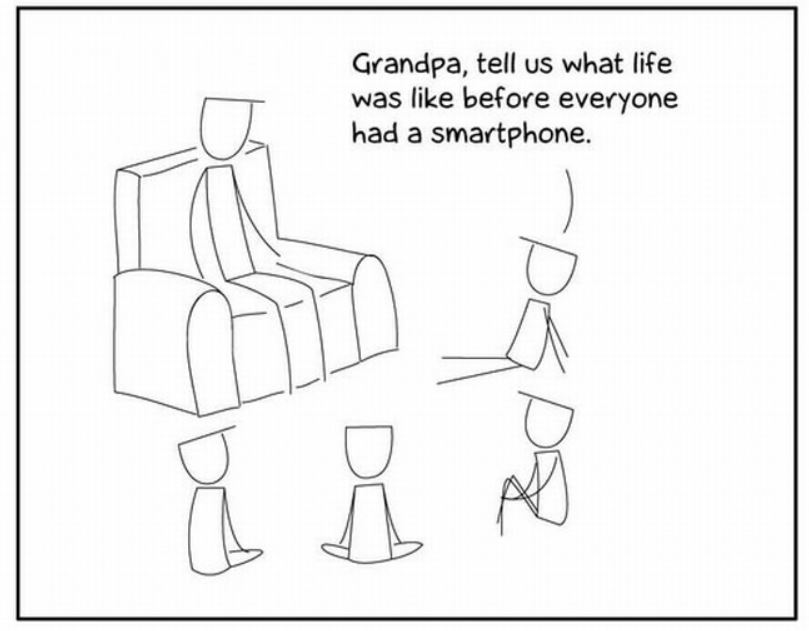
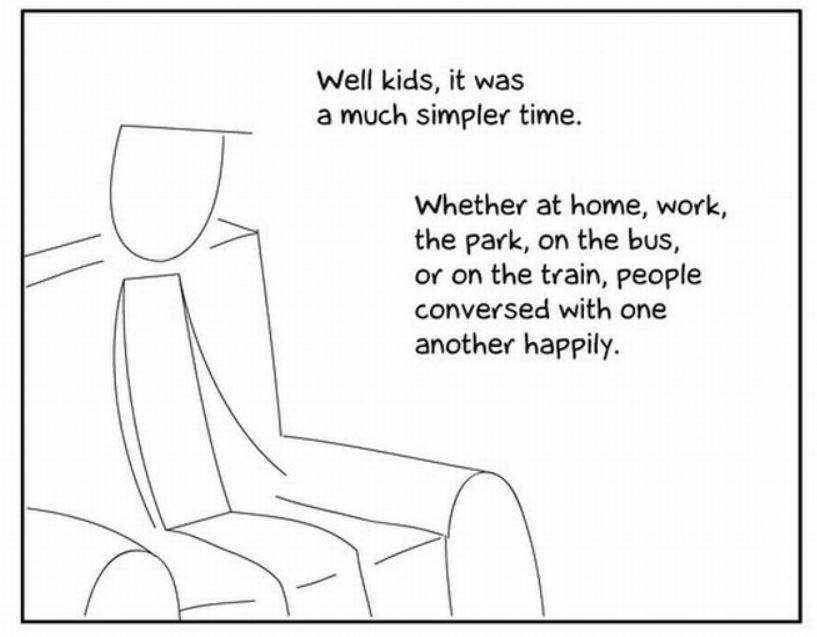
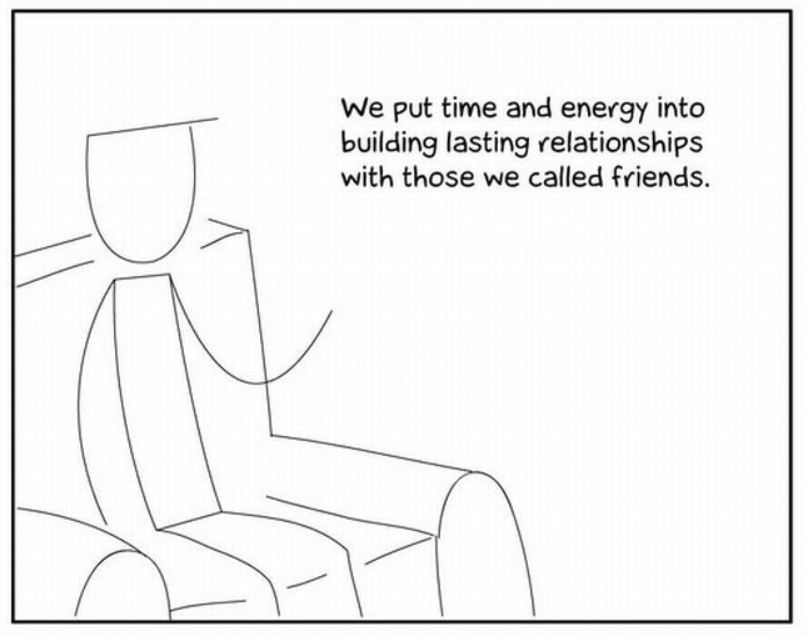
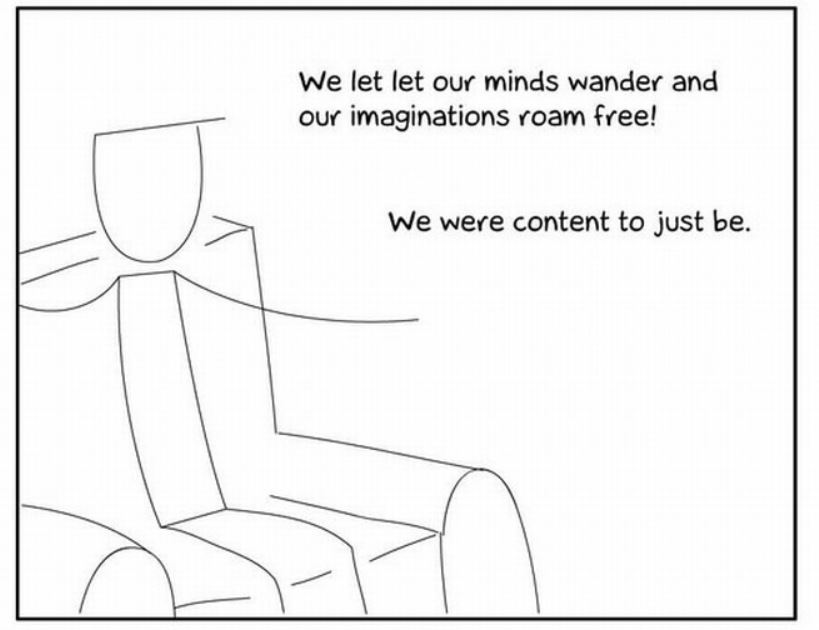
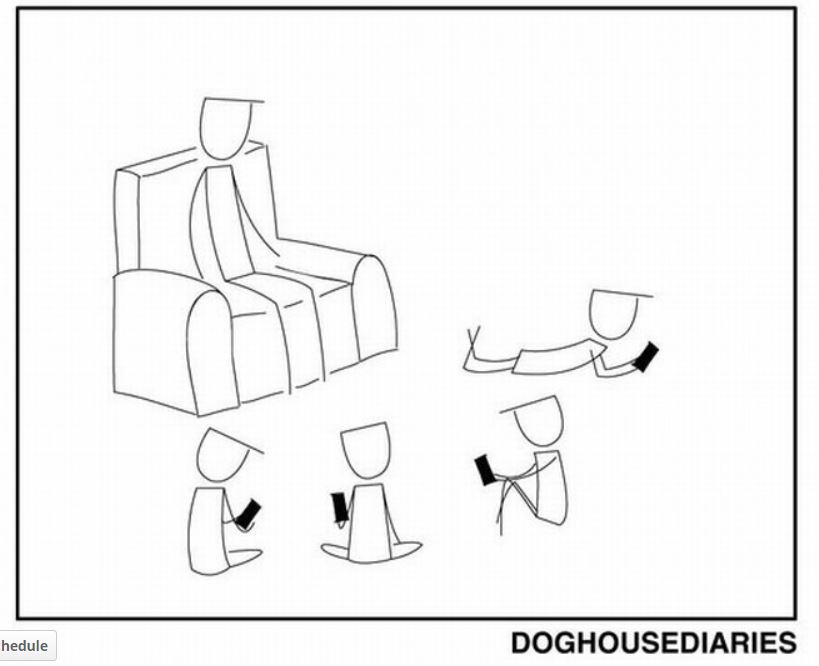
Photo Credit: Doghousediaries.com
Technology is Both a Blessing and a Curse!
What makes the images above so funny is that there is a lot of truth to the story they tell. Author Cal Newport did an extensive exploration of the impact of technology on people’s personal lives in his fantastic NY Times Bestseller Digital Minimalism: Choosing a Focused Life in a Noisy World. According to Newport:
“One of the first things that became clear during this exploration is that our culture’s relationship with these tools is complicated by the fact that they mix harm with benefits. Smartphones, ubiquitous wireless internet, digital platforms that connect billions of people—these are triumphant innovations! Few serious commentators think we’d be better off retreating to an earlier technological age. But at the same time, people are tired of feeling like they’ve become a slave to their devices. This reality creates a jumbled emotional landscape where you can simultaneously cherish your ability to discover inspiring photos on Instagram while fretting about this app’s ability to invade the evening hours you used to spend talking with friends or reading.” 1
I’m sure most of us can relate to everything Newport says in the paragraph above. So, what do we do?
Well, Newport believes we need a philosophy which governs our use of technology. This philosophy will guide us towards the tools we should have, how we use them and most importantly – how to ignore the rest.
What is a Digital Minimalism?
This philosophy is one that he calls “digital minimalism” which is:
“A philosophy of technology use in which you focus your online time on a small number of carefully selected and optimized activities that strongly support things you value, and then happily miss out on everything else.” 1
The Case for a Digital Declutter
He believes that we cannot reform our digital lives simply by tips and tricks such as disabling notifications on our phones or leaving our phones in the other room. The fact that technology has been engineered to grab our attraction combined with how convenient it has become will ultimately make us backslide to where we were.
Instead, he believes we need a wholesale transformation or process which when executed with conviction is much more likely to stick.
The 3-Step Digital Declutter Process
The idea is to reset your digital life by getting rid of all your distracting technological tools and compulsive behaviors that have accumulated over time. Then to replace them with a more intentional group of behaviors that enhance your values rather than threatening them.
That process is one that he calls a “digital declutter” and it consists of the following three steps:
(1) Define Your Technology Rules
Before you do any decluttering, the first thing you need to do is define some rules including which technologies fall into this “optional” category.
(2) Take a 30-Day Break
During this 30-days, it is important to take time to re-discover activities and behaviors that you find meaningful and enjoyable.
(3) Reintroduce optional technologies
After 30 days It is time to slowly reintroduce optional technologies back into your life. However, now you will be strategic as you will only introduce technologies that serve a value and you will determine how to use it to maximize this value.
The Digital Declutter Process in More Depth
We will now go into each of these in a bit more depth in this section.
STEP 1: Define Your Technology Rules
This step consists of a couple of sub-steps:
(i) Let’s first define ‘technology’
When he says ‘technology’, Newport includes “apps, websites, and related digital tools that are delivered through a computer screen or a mobile phone and are meant to either entertain, inform, or connect you. Text messaging, Instagram, and Reddit are examples of the types of technologies you need to evaluate when preparing for your digital declutter; your microwave, radio, or electric toothbrush are not.” 1
This first step helps identify which technologies are relevant to you.
(ii) Decide which of them are optional
Once we have identified the relevant technologies in your life, it is time to figure out which of them are ‘optional’ or ones that you can take a break from in your 30-day technology break in step 2.
A helpful heuristic that Newport provides is to “consider the technology optional unless its temporary removal would harm or significantly disrupt the daily operation of your personal or professional life.” For example, if your business is reliant on email you cannot simply abandon your work inbox for a month. Or if your son texts you to pick him up from basketball practice, you may still allow text messages for this purpose. Use your common sense.
The idea is to stay away from any of the technologies that you deem “optional” for 30 days, meaning they won’t cause harm in your professional or personal life.
Some of them you will stay away from completely, “while in other cases you might specify a set of operation procedures that dictate exactly when and how you use the technology during the process.” 1 For example, configuring your phone so you only receive texts from your kids and spouse.
Ultimately you will have a list of technologies which you are banned from using along with operating procedures for the others. Keep this handy and in a place where you can see it every day as knowing what you can and cannot do will be key to your successful digital declutter.
STEP 2: Take a 30-Day Break
(i) Follow the Rules!
Now you need to follow the rules from the first step for 30 days. As Newport says, “You’ll likely find life without optional technologies challenging at first. Your mind has developed certain expectations about distractions and entertainment, and these expectations will be disrupted when you remove optional technologies from your daily experiences. This disruption can feel unpleasant.” 1
What Newport has found though is that those unpleasant detox symptoms don’t last, and most people report the discomfort fading after a week or two.
(ii) Explore Higher-Value Activities
The idea of a digital declutter however is not to simply have time away from technology that has intruded into your life. Instead, he suggests that you engage in strenuous activity and experimentation in exploring higher-value activities that you can engage in during the time left vacant by your ditching those optional technologies.
STEP 3: Reintroduce Optional Technologies
At the conclusion of your 30-day technology hiatus comes the third and final step in the digital declutter process which is to reintroduce optional technologies.
Newport suggests NOT reintroducing all optional technologies back into your life at once. Instead, the idea is to start from a clean slate “and only let back into your life technology that passes your strict minimalist standards.
He specifies three questions that you need to ask yourself for every optional technology you attempt to re-introduce:
(i) Does this technology directly support something that I deeply value?
The key words here are ‘deeply value’. We can assign some value to any technology, but does it support things that are most important in your life?
(ii) Is this technology the best way to support this value?
If the technology passes the first question, we move to this one. Perhaps it’s important to keep up with pictures of your cousin’s baby on Instagram. However, perhaps Instagram isn’t the best way to do this, maybe you want to call her once a month instead?
(iii) How am I going to use this technology going forward to maximize its value and minimize its harms?
Provided a technology has passed both questions above, the last question has to do with how you are going to use it.
This involves creating standard operating procedures which describe when and how you will use digital tools in your life. Digital minimalists, as Newport says “…would never simply say, “I use Facebook because it helps my social life.” They would instead declare something more specific, such as: “I check Facebook each Saturday on my computer to see what my close friends and family are up to: I don’t have the app on my phone; I culled my list of friends down to just meaningful relationships.”
The Idea is That Any Technology That You Re-Introduce Will…
(i) Support something that you truly value.
(ii) Be the best way to support the value (otherwise find something else).
(iii) Have standard operating procedures that specify how and when you will use it.
While You Can Apply…
These 3 questions to any new technology you are contemplating, it is much more effective at the end of a digital declutter. The reason being is that have a break from the technologies helps you gain clarity on your values and lets you know that your life doesn’t depend on most of them!
Until next time, get going on that digital declutter so you don’t become this person…
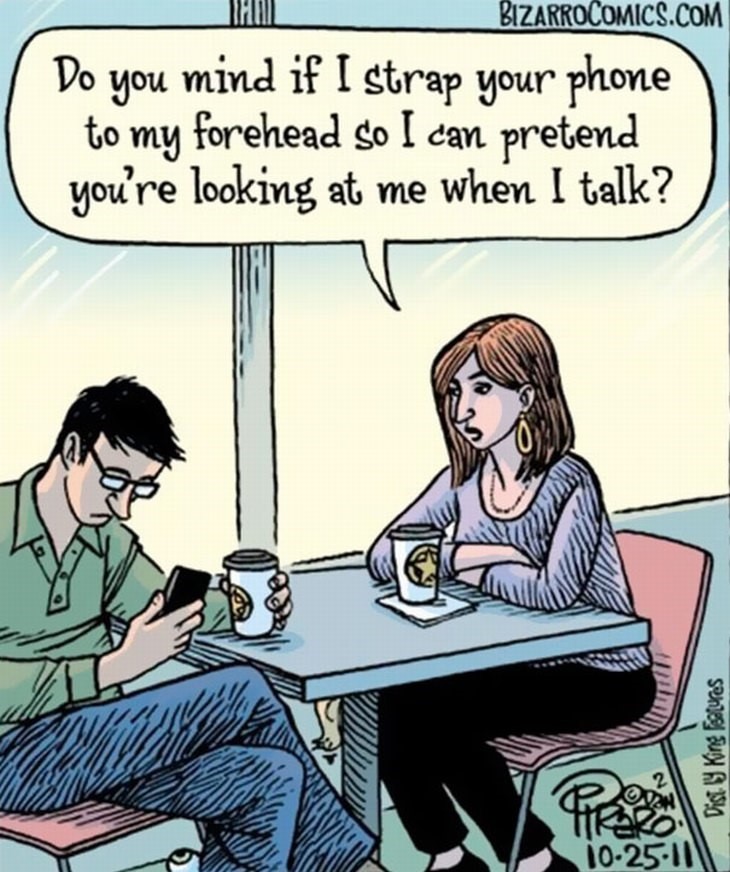
and as always…PYMFP!
–Rick
Use it or Lose It
The 3 steps to a digital declutter are:
(1) Define your technology rules.
(2) Take a 30-day break.
(3) Reintroduce optional technologies
When to Use It
When you want to focus your online time on a small number of carefully selected and optimized activities that strongly support things you value.
What Do You Think?
Have you ever done a digital declutter? Is it something you may try? Please share your thoughts in the comments below!
If you enjoyed this post, it would mean the world to us if you shared it with people you care about via any of the social media platforms below!
Popular Previous Posts:
How to Set Protective Communication Boundaries in Your Life
Carrots and Sticks: 7 Reasons They Don’t (Usually) Work!
A 6 Minute Summary of The New One Minute Manager
The Planning Fallacy: This is Why We Miss Deadlines!
References
Digital Minimalism by Cal Newport

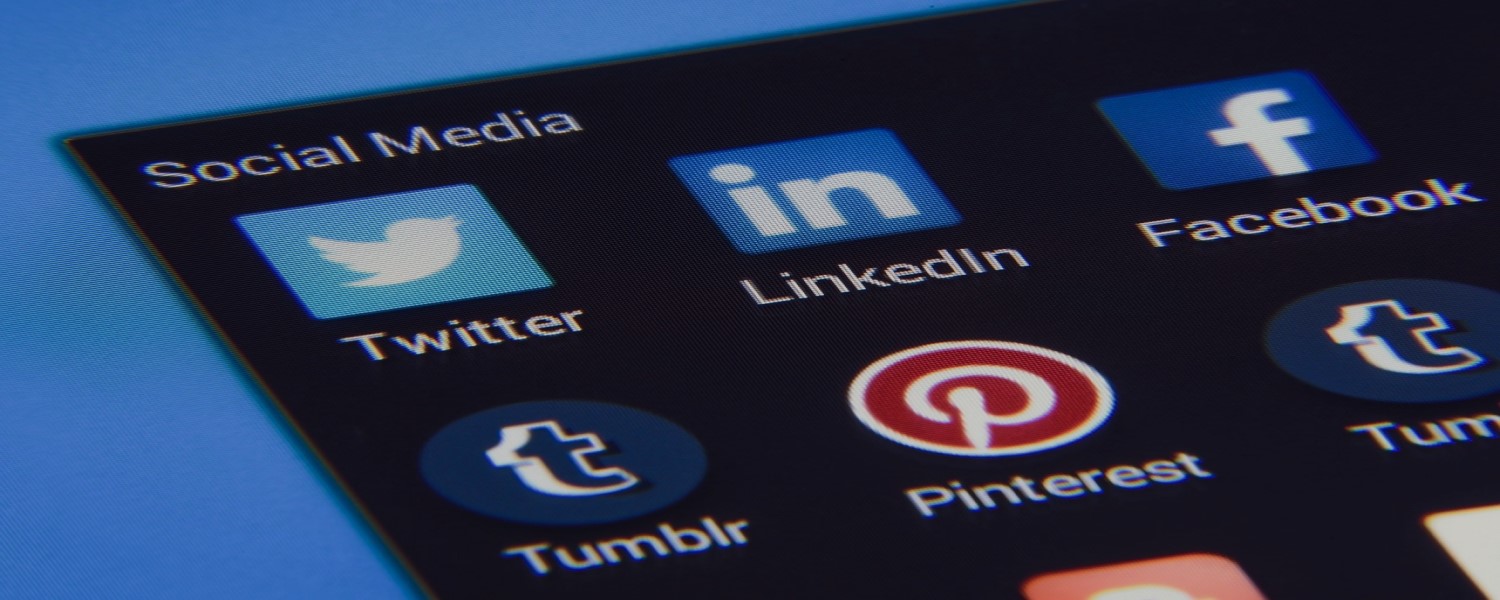
I recognize the photo in the text. I was on the go train to T.O. A couple got on with their coffees and cell phones. They were on their cellphones the entire trip and did not speak to one another the whole time either. As my mother would have said, what is this world coming to! As I am from the dinosaur era, I do like social media but it has its place. I prefer the old fashioned methods of communicating. Thanks Rick. This is an important topic that parents need to have with their children. Parents need to set the example.
Hi Eileen, Yeah it’s amazing how glued people are to their cell phones. Just walking down the street and observing people, there are way more people on their phones than not. Take care, Rick